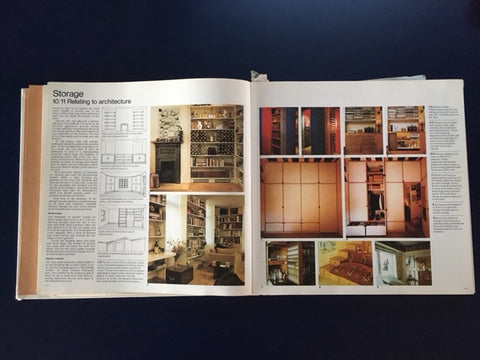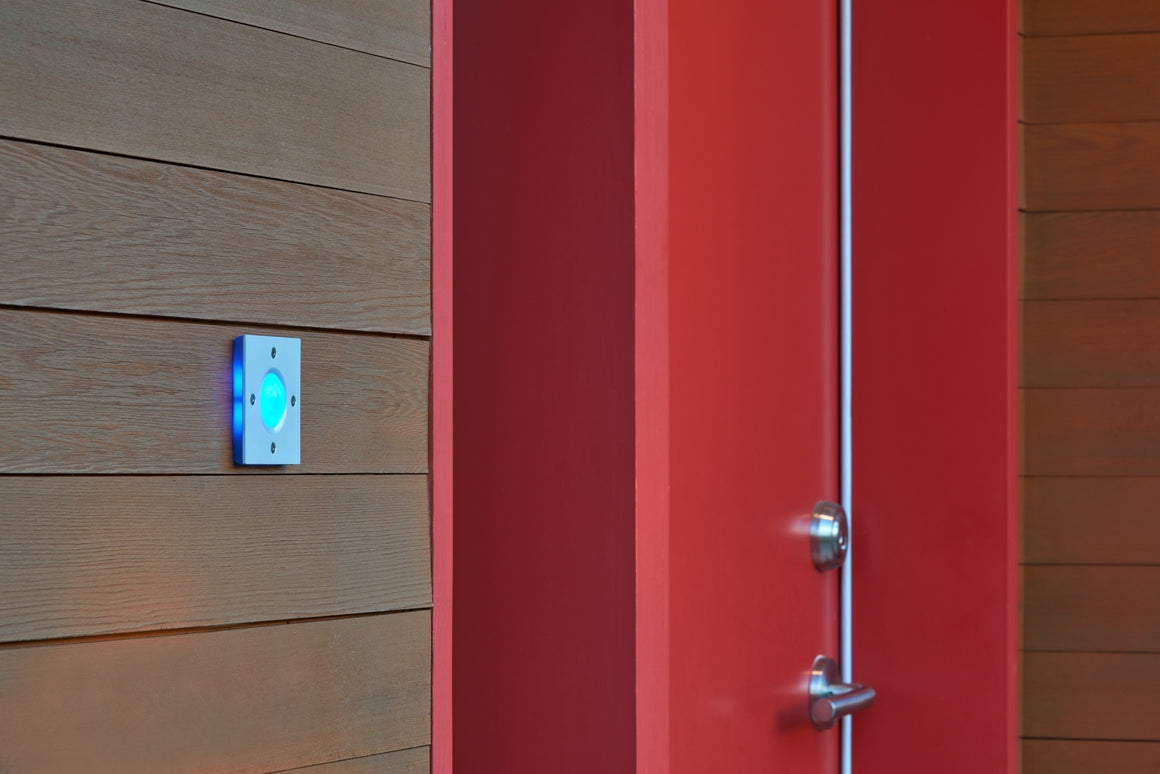Remodel inspiration
After ten years in our house, we knew what we wanted to change about it, but we found ourselves stuck in our thinking about what that could look like. The house itself offered some constraints and inspiration, and we had looked through enough back issues of Dwell to feel that we'd gleaned what we could. We also spent hours looking at Retro Renovation for ideas on how to retain certain aspects of the 1960s feeling. While the contemporary modern and mid-century looks broadly describe what we were going for, we found it hard to be inspired by seeing the same treatments over and over, often in houses that were exceptionally well designed in the first place.
Our favorite source for irreverent and exuberant ideas was the House Book, by Terence Conran, originally published in 1974 with revised editions through the 1980s. While more focused on decoration than on building or renovating, this book is full of thoughts on every room of the house in every use. The text outlines thoughts on decisions to be made: which window treatments make sense for the look and use you have in mind? Where should you store your shoes? What materials are best for the entryway? While some of this is dated, there are is thought given to many possible solutions. In a section on how to hide storage in a closet or built-in wall unit, the virtues of all different types of doors are discussed, including curtains. No single visual style is favored in this book or its equally wonderful companions, the Kitchen Book and the Bed and Bath Book. Instead you see dozens of rooms from minimally modern to bohemian chaotic to farmhouse chintz. Most of these pictures are fairly small, just giving a hint of an idea, which reminds me more of Pinterest than of Dwell, and in most of the book there is no division between styles, so we found good ideas in spaces that we may have been inclined to flip past if they were featured on their own.

The Conran House series is still readily found at thrift shops. I have found several copies at Goodwill for under five dollars, but you can also find it online. While my favorite is the 1974 edition, we found that the 1980s editions included some spaces that featured the best of the early 80s aesthetic.
While our house is done now, we still find new ideas in these books, which we idly mark for our next project, whatever it may be.
Leave a comment
Comments will be approved before showing up.
Also in Blog

Spore Operations During COVID-19 Outbreak
Thank you for supporting our small, family-owned business.

Black Doorbells and Chimes: a Primer

Do I Need a Transformer for my Doorbell?
We get a lot of questions about doorbell transformers! Here we will attempt to answer the most common of them.
What is a doorbell transformer?
A transformer converts line-voltage to low-voltage (16 volts). In the United States, line-voltage 120 for most household wiring (this is what is running to your lights and outlets). In Europe and other parts of the world, line-voltage is 240. Any transformer that converts line-voltage to low-voltage will work as a doorbell transformer.


